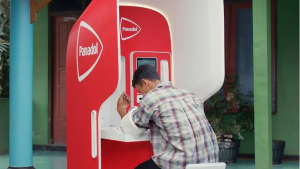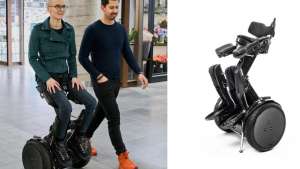Speculative designer Agi Haines' work imagines the human body as an everyday material that can be shaped and refashioned. "Are we ready to take on the God-like ability to manipulate the plasmas of life?” asks Haines, a Royal College of Art graduate. "How far can we push our malleable bodies while still being accepted by society?”
Haines’s presentation at Design Indaba Conference 2014 delved into her research as a student in the Design Interactions programme at RCA in London. "A lot of my work is about the weird and wonderful things that exist inside our bodies and the potential for design around those things," she says.
In Haines' hands, the 3D printer is a modern-day tool of Frankenstein’s laboratory. She investigated its potential to print human cells to produce complex constructions of tissue or organs. This, in turn, led her to look at the human body as a system of interchangeable parts.
Could bioprinting allow us to create body parts which are better than the parts we have now?, asks Haines.
She imagines various applications of the technology to create extensions of the human body as a result of disability: a third eye to assist someone who is colour-blind, or organs designed to combat strokes or eliminate heart attacks.
I think of myself as Frankenstein. How can I use bioprinting to create body parts that can benefit us in the future?
Using the idea of body modification, Haines became interested in how bones could be shaped to benefit athletes. One of her projects, which came about during the London Olympics, proposed creating a more aerodynamically shaped skull for swimmers, which would enable them to shave seconds off their race times.
“Are we ready to take on the relationship between creator and created like Frankenstein – and what could this mean for our future?”








